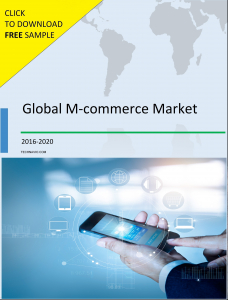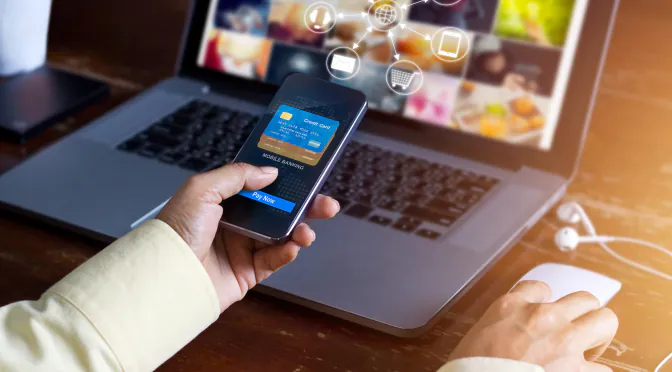The first iPhone hit the market in 2007. Suddenly, the fine line between work- life, entertainment- information and ‘maybe’- ‘must have’ was massively blurred. A decade later, M-commerce, or buying- selling conducted electronically by mobile phone, is an enterprising marketer’s best bet.
 Will 2018 be the breakout year when m-commerce finally stands atop the e-commerce heap?
Will 2018 be the breakout year when m-commerce finally stands atop the e-commerce heap?
Reality check: E-commerce websites aren’t enough, m-commerce is the next step!
A staggering 225 million US citizens own smartphones, and an equally impressive 170 million people are still invested in tablets. Not surprisingly, a third of all online purchases made through the 2017 holiday season, inclusive of the Black Friday and Cyber Monday sprints, were done over handheld devices. Additionally, over 62% of the smartphone users in the US claim to have made an online purchase in the last six months.
The numbers speak for themselves; m-commerce is a massive opportunity. However, leveraging its profitably is a different ballgame altogether.
Omnichannel retail is in: Siloed experiences are out!
In today’s world, m-commerce is the most effective option to electronically reach a wider demographic, and inspire more footfall into the associated brick-and-mortar outlets. Conversely, buyers who walk into a physical outlet are afforded additional options and valued services through the connected hubs that are placed strategically around the store. This seamless shopping experience is quickly gaining a huge fan following.
The hybrid retail model, or omnichannel retail, could make the best use of a smartphone’s proprietary features and draw in potential customers. Proximity could trigger push notifications; thoughtfully compiled messages could talk about customized buying options and lay out the red carpet to the nearest located store.
Exploiting the novelty of contactless payments
In 2016, the size of the global contactless payments market was an astonishing USD 207.5 billion. This boom can be directly attributed to the simplicity of the Near Field Communication (NFC) technology and the popularity of such applications as Apple Pay and Google Wallet. Tap the NFC enabled smartphone on the specified in-store point of sale (POS) terminal and the payment is done. Simple!
Contactless payments are fast gaining a loyal following in the US. As part of a survey in 2017, 56% of those questioned noted that they had used their smartphones to pay for goods and services by simply waving their phones over the POS machine. Alongside the obvious simplicity, contactless payments carry a certain novelty that could be highlighted as a perk by businesses.
Business needs a digital ambassador: Say hi to chatbots
In the age of social media, a majority of prospective customers are either currently online or will be online in a while. Chatbots- personalized online programs that conduct life-like conversations via audio and text- present businesses with an opportunity to interact with their target audience in the comfort of their own natural habitat. Chatbots are custom-built to offer support and attend to queries, while also establishing an easy line of communication between the business entity and the customer.
Bottomline: Mobile e-commerce represents the next frontier of a complicated, and brazenly blunt specialty: calling out to the target customer, inspiring them about the viability of the product or service and importantly, prompting the sale. Where smartphones hold an advantage in this cycle is that a vast majority of the target demographic is already onboard.



